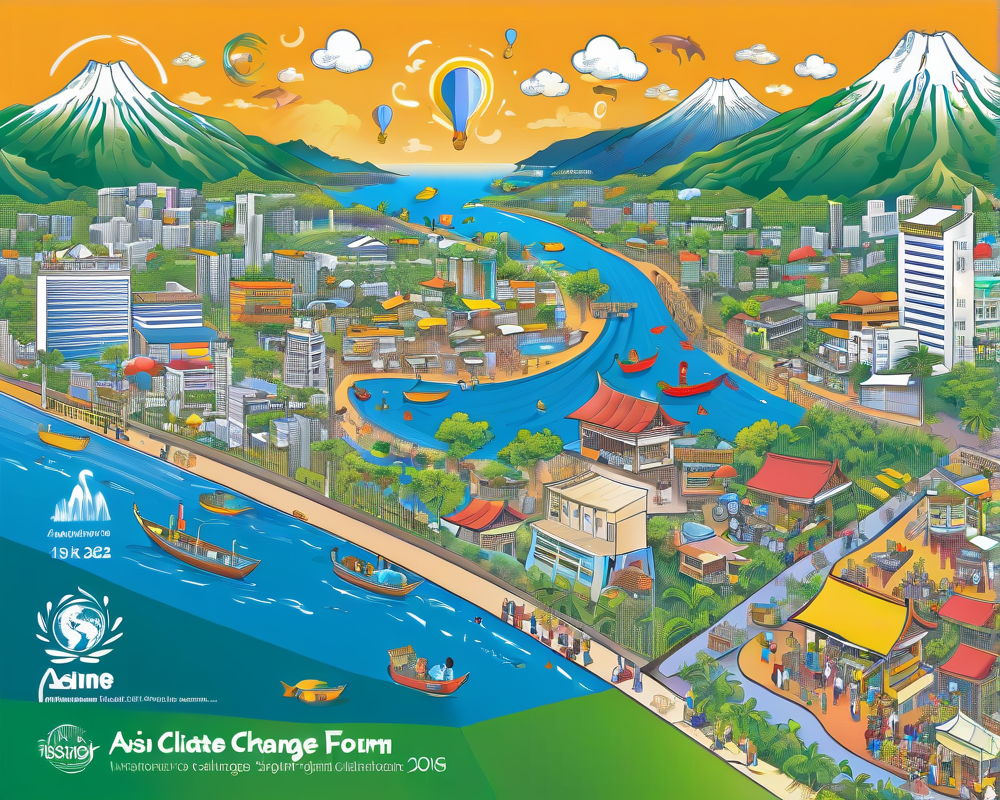Overview of the Forum
The recent virtual 7th Asia-Pacific Climate Change Adaptation Forum, co-hosted by Japan’s Ministry of the Environment and the Asia Pacific Adaptation Network, had a heavy theme: “Enabling Resilience for All: The Critical Decade to Scale-up Action.” This gathering in March aimed to address critical matters such as national adaptation planning, science and technology integration, and energy policies that interlace climate change, health, and biodiversity.
For the Leaders Summit and Beyond
This gathering isn’t just chit-chat about climate change. The discussions and strategies developed will contribute significantly to major events like the Leaders Summit on Climate and the United Nations Biodiversity Conference (COP 15) in Kunming and COP 26 in Glasgow.
- Asia-Pacific’s vast population of 4.3 billion represents 60% of the global populace.
- Home to the fastest-growing economies often reliant on energy-intensive tech and crypto.
- These nations are responsible for 50% of the world’s carbon dioxide emissions.
The Dual Challenge: Technology and Climate
Amid increasing economic pressures and the looming threat of climate change, the region must decouple growth from greenhouse gas emissions. Several nations, including Japan and South Korea, aim to achieve carbon neutrality by 2050, while China has set its sights a little later, on 2060.
Fiscal Policy Recommendations
In light of these challenges, the International Monetary Fund recently rolled out fiscal policy recommendations focusing on:
- Raising the use of carbon taxes
- Enhancing the ability to adapt to climate change
- Increasing pandemic-related spending for greener initiatives
Turning Digital Innovation into Climate Action
We’ve seen digital tech evolve, especially during the pandemic, but can this transformation aid climate efforts? Houlin Zhao from the International Telecommunication Union boldly asked if digital revolutions could turn into effective climate actions before time runs out.
Digitalization’s Carbon Footprint
However, with more devices connecting and data being generated, the carbon footprint of the digital ecosystem is ballooning. Excitingly, blockchain technology’s growth relates to growing mobile payment systems and Central Bank Digital Currencies (CBDCs) in major Asia-Pacific nations.
The Race for Clean Energy
Turning the spotlight to energy, it’s a no-brainer that the energy sector is the number one global pollutant, making up 72% of greenhouse gas emissions. The Asia-Pacific region should be the gold standard for solar energy production, with a recent surge in renewable power plant contracts. China is taking the lead here as well.
Innovations in Solar Energy
With Japan, India, and Vietnam hot on their tails, researchers are even delving into space-based solar power-beaming technologies. Who knew space tech could be a ticket to carbon neutrality?
Conclusion: The Path Forward
As the Asia-Pacific region navigates the tightrope of rapid economic growth and mounting climate change challenges, the blend of innovative technology and impactful policies could pave the way for a sustainable future. Just remember, as we push forward, every action, no matter how small, could make a colossal difference!















+ There are no comments
Add yours